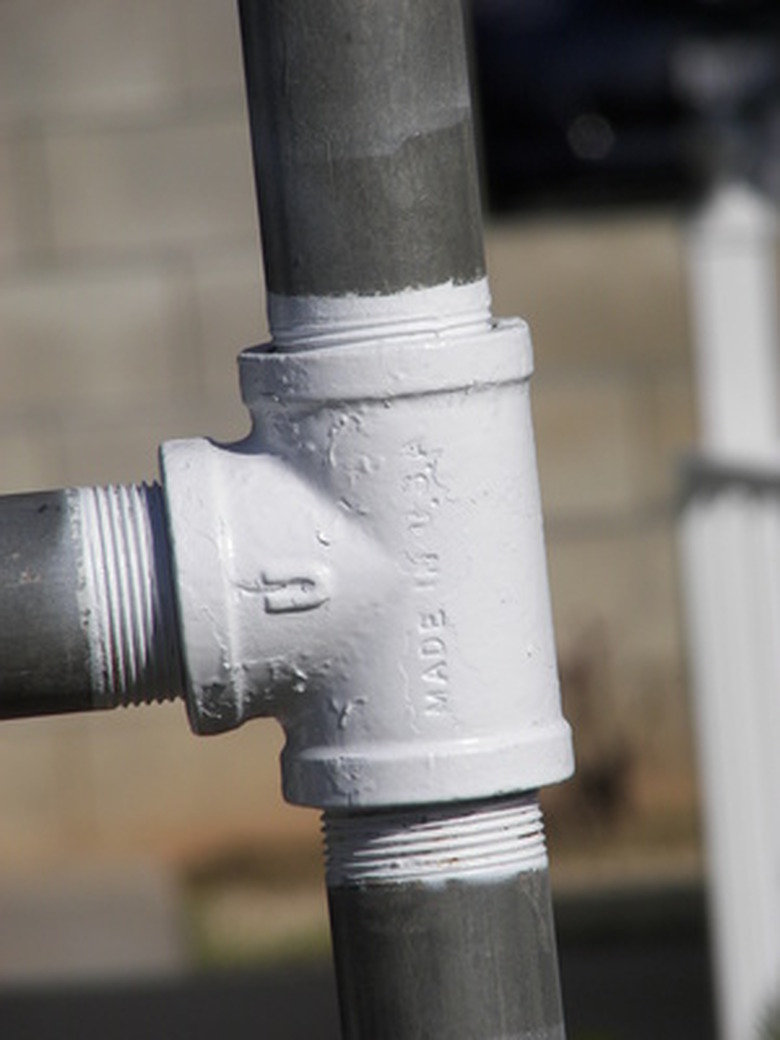How To Calculate Hydraulic Flow
Hydraulic flow, or flow rate, is defined as the volume of a substance that flows through a defined surface area over a specified period of time. The units of a flow rate are volume per time, and it is mathematically represented by a capital letter Q. Understanding hydraulic flow is necessary in engineering to determine necessary volumetric flux and power required to pump a fluid through a channel or pipe. To calculate the flow rate, area of the pipe or channel, flow velocity and angle of flow must be known or able to be derived from the problem statement.
Step 1
Calculate the cross-sectional area of the pipe if this is not already provided in the problem statement. Use basic geometric area equations depending on the cross-section's shape, which may be circular, rectangular or trapezoidal. The cross-sectional area is known as the channel shape perpendicular to the flow. Equations that may be used are:
Area of a circle = pi x radius x radius Area of a rectangle = length x width Area of a trapezoid = .5 x height x (length1 + length2)
Step 2
Multiply the cross-sectional area by the flow velocity, provided in unit of length over unit time squared. If the cross-sectional area and flow are truly perpendicular, the flow rate angle is zero degrees. The value you just calculated is the hydraulic flow.
Step 3
Multiply the value from step 2 by cosine of theta, where theta is the angle of flow between the area and flow direction. Use theta only when you are unable to calculate the exact perpendicular cross-sectional area in step 1.
Cite This Article
MLA
Richert, Bailey. "How To Calculate Hydraulic Flow" sciencing.com, https://www.sciencing.com/calculate-hydraulic-flow-7155002/. 24 April 2017.
APA
Richert, Bailey. (2017, April 24). How To Calculate Hydraulic Flow. sciencing.com. Retrieved from https://www.sciencing.com/calculate-hydraulic-flow-7155002/
Chicago
Richert, Bailey. How To Calculate Hydraulic Flow last modified March 24, 2022. https://www.sciencing.com/calculate-hydraulic-flow-7155002/
